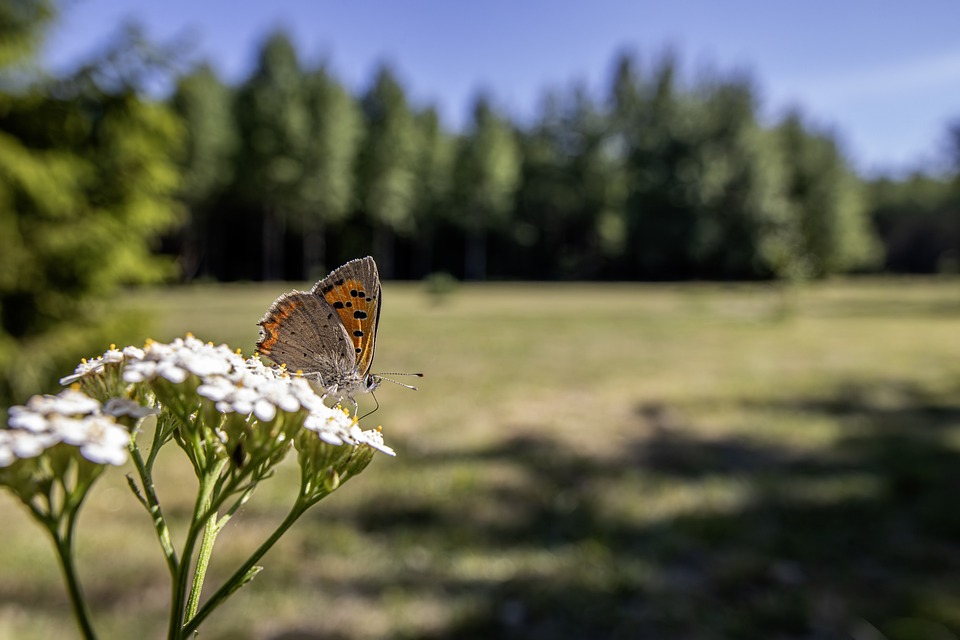Decision-making is a fundamental aspect of human life that significantly influences our personal and professional outcomes. Every day, we are faced with a myriad of choices, from what to have for breakfast to important career decisions. The ability to make effective decisions is a skill that can be learned and honed over time. In this article, we will explore the art of decision-making, focusing on strategies to help you make better choices in various aspects of your life.
Introduction
Decision-making is a cognitive process that involves selecting a course of action from multiple alternatives. It plays a crucial role in problem-solving, planning, and goal-setting. The quality of our decisions can have a profound impact on our lives, affecting our success, happiness, and overall well-being.
In today’s fast-paced world, where we are constantly bombarded with information and faced with numerous choices, making decisions can be overwhelming. With the rise of technology and social media, we are exposed to a constant stream of information that can cloud our judgment and lead to decision fatigue.
It is important to develop effective decision-making skills to navigate through this complex landscape and make choices that align with our goals and values. By understanding the strategies and techniques that underpin good decision-making, we can enhance our ability to make informed and rational choices.
The Historical Context of Decision-making
The study of decision-making dates back to ancient times, with philosophers and scholars exploring the processes behind human judgment and choice. Throughout history, various theories and models have been developed to explain how decisions are made and what factors influence our choices.
One of the earliest theories of decision-making is the rational decision-making model, which posits that individuals make decisions by carefully weighing the pros and cons of each option before selecting the one that maximizes their utility. While this model remains influential, researchers have since identified numerous biases and heuristics that can lead to irrational decision-making.
In the 20th century, researchers such as Daniel Kahneman and Amos Tversky revolutionized the field of decision-making with their work on behavioral economics and prospect theory. They demonstrated that decision-making is often influenced by cognitive biases, emotions, and social factors, challenging the traditional view of humans as purely rational beings.
The Current State of Decision-making
In the modern era, decision-making has become even more complex due to the proliferation of information and the rapid pace of technological advancements. With the advent of artificial intelligence and big data analytics, organizations are leveraging data-driven insights to inform their decision-making processes.
Moreover, the rise of social media and online platforms has democratized information, giving consumers access to a wealth of data that can shape their choices. However, this abundance of information can also lead to information overload, making it difficult for individuals to sift through the noise and make informed decisions.
In recent years, decision-making has also been influenced by the COVID-19 pandemic, which has forced individuals and organizations to adapt to unprecedented challenges. The uncertainty and volatility brought about by the pandemic have highlighted the importance of agile decision-making and the ability to quickly pivot in response to changing circumstances.
Strategies for Making Better Choices
1. Define your goals: Before making a decision, clarify your objectives and what you hope to achieve. This will help you focus on the factors that are most relevant to your goals.
2. Gather relevant information: Collect data and information that are pertinent to the decision at hand. Consider both quantitative and qualitative factors to ensure a comprehensive understanding of the situation.
3. Evaluate alternatives: Identify all possible courses of action and assess the potential outcomes of each option. Consider the risks, benefits, and trade-offs associated with each alternative.
4. Consider your emotions: Emotions play a crucial role in decision-making. Be aware of your feelings and how they may influence your choices. Take a step back and reflect on the emotional biases that may be impacting your judgment.
5. Seek input from others: Consult with trusted friends, colleagues, or mentors to gain different perspectives on the decision. Having diverse viewpoints can help you consider aspects that you may have overlooked.
6. Make a decision: Once you have weighed the options and considered all relevant factors, make a decision with confidence. Trust your judgment and be prepared to take responsibility for the outcomes, whether positive or negative.
Conclusion
In conclusion, the art of decision-making is a multifaceted process that involves careful evaluation, critical thinking, and emotional intelligence. By employing the strategies and techniques outlined in this article, you can enhance your decision-making skills and make better choices in various aspects of your life.
Remember, decision-making is not an exact science, and it is normal to encounter challenges and uncertainties along the way. Embrace the process of making decisions as an opportunity for growth and learning. By cultivating a mindset of curiosity and resilience, you can navigate through complex situations with confidence and clarity.
Thank you for taking the time to explore the art of decision-making with us. We hope that this article has provided you with valuable insights and practical strategies to improve your decision-making skills. For further reading on this topic, we recommend delving into the works of experts such as Daniel Kahneman, Chip Heath, and Dan Ariely, who have made significant contributions to the field of decision-making. Happy decision-making!
